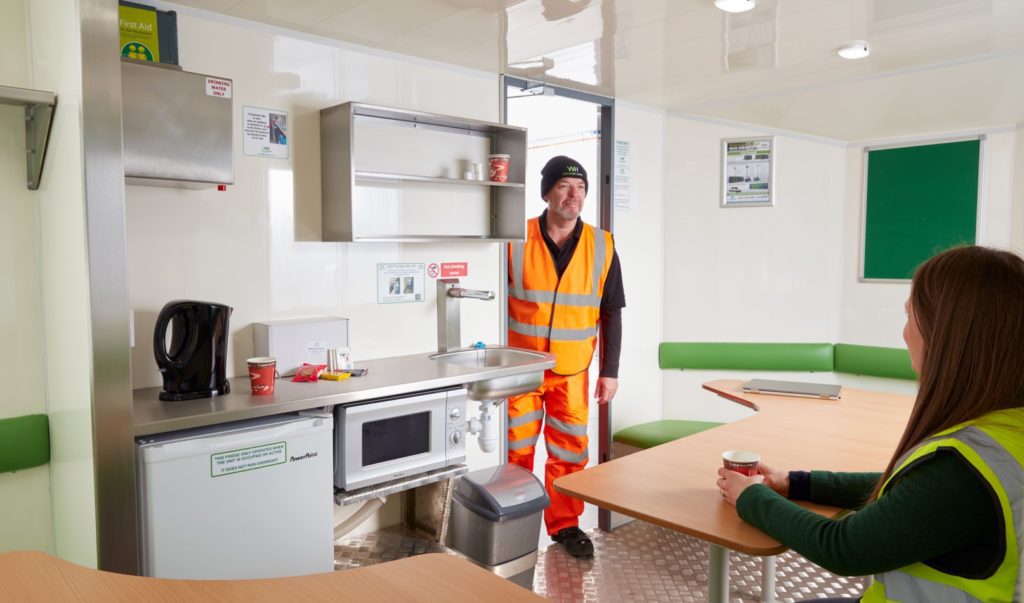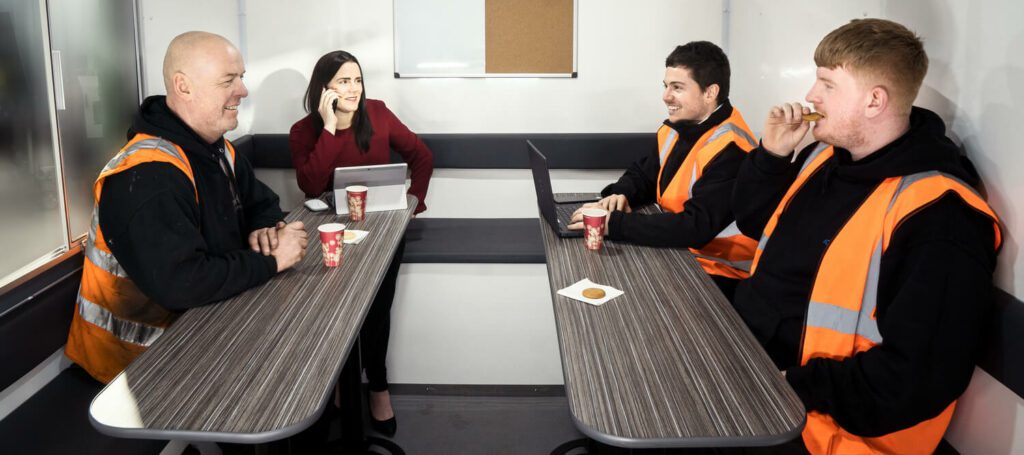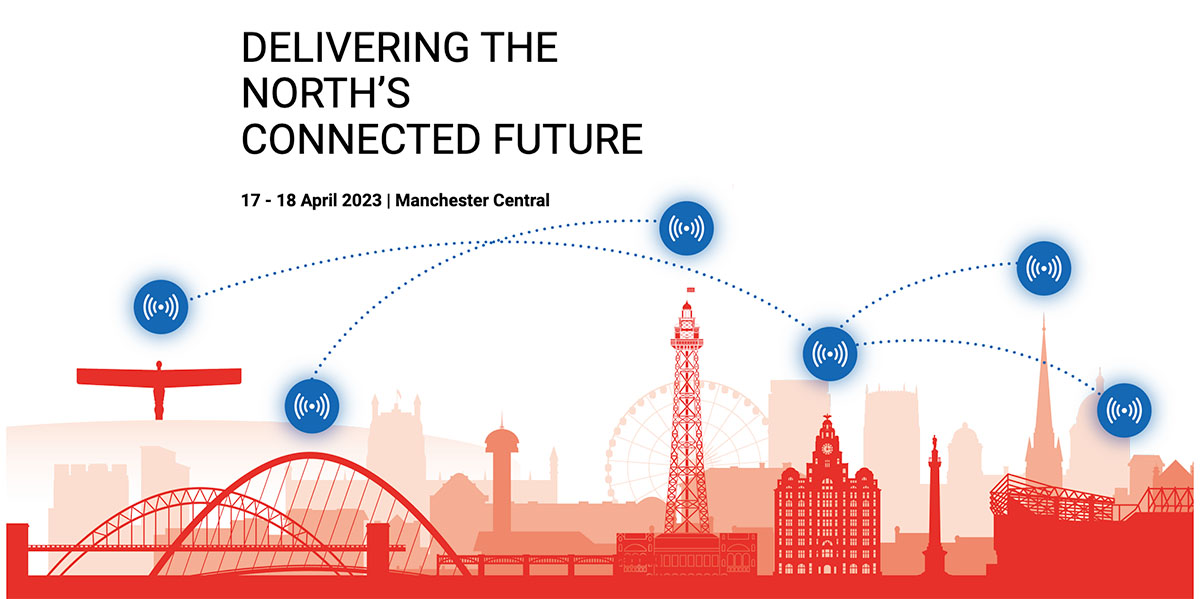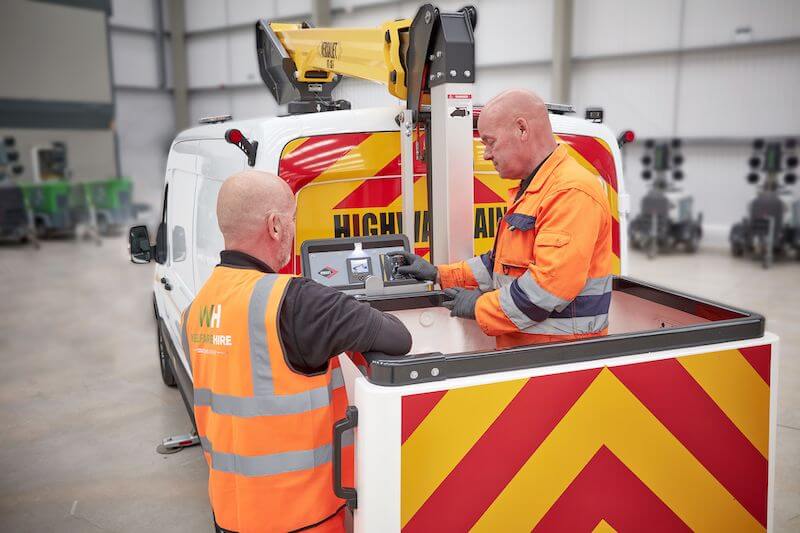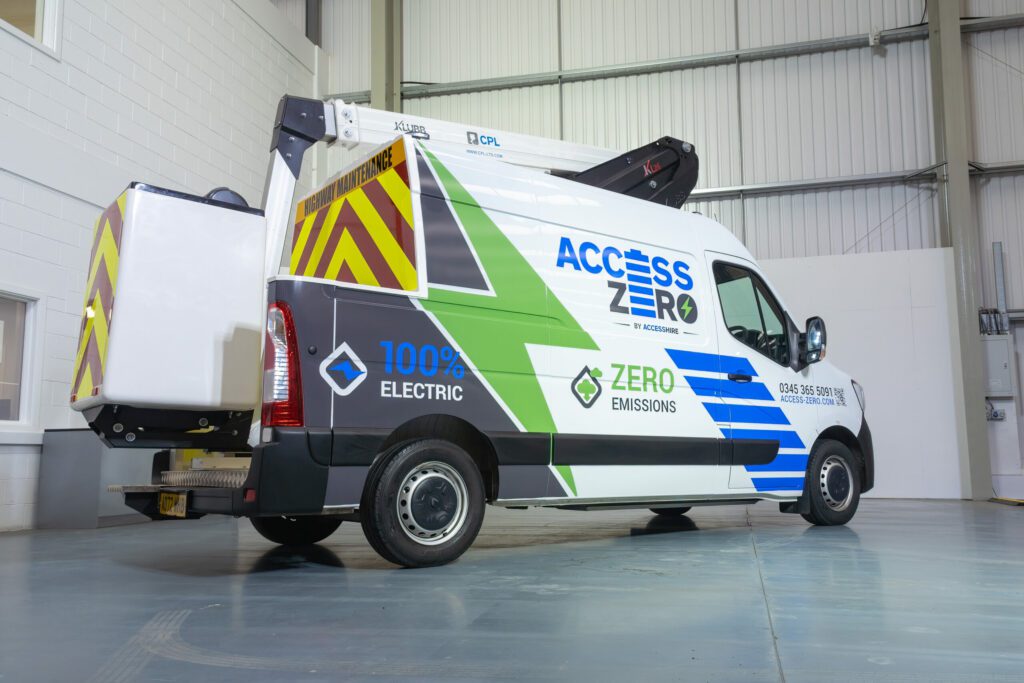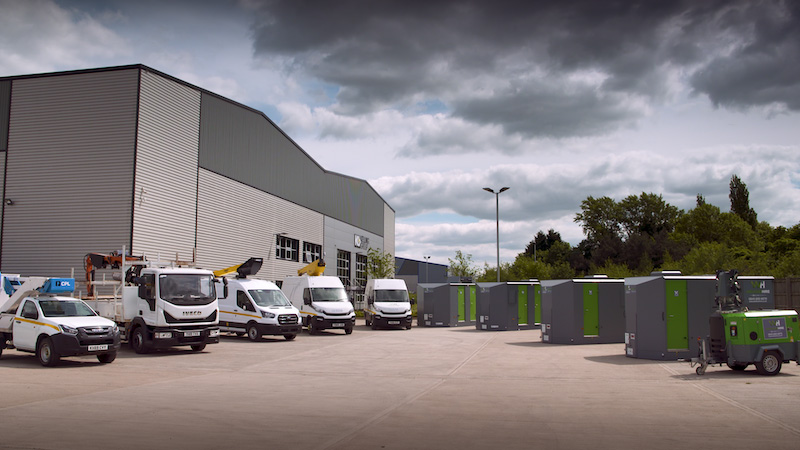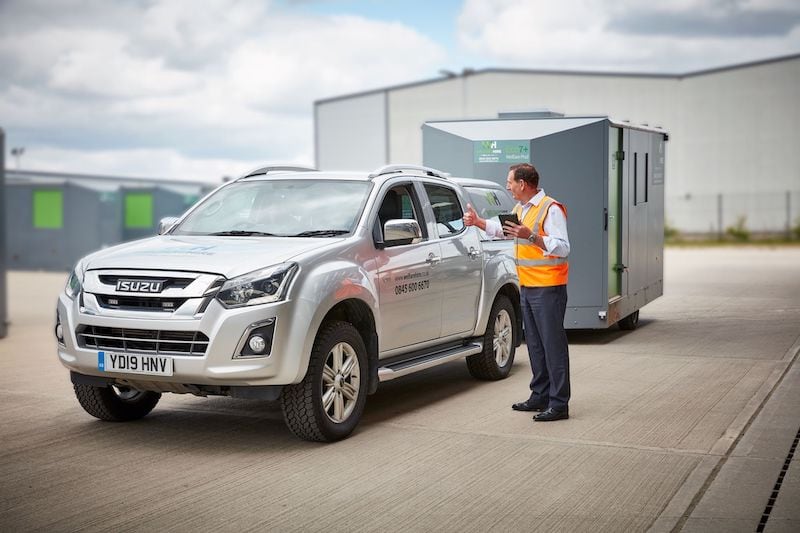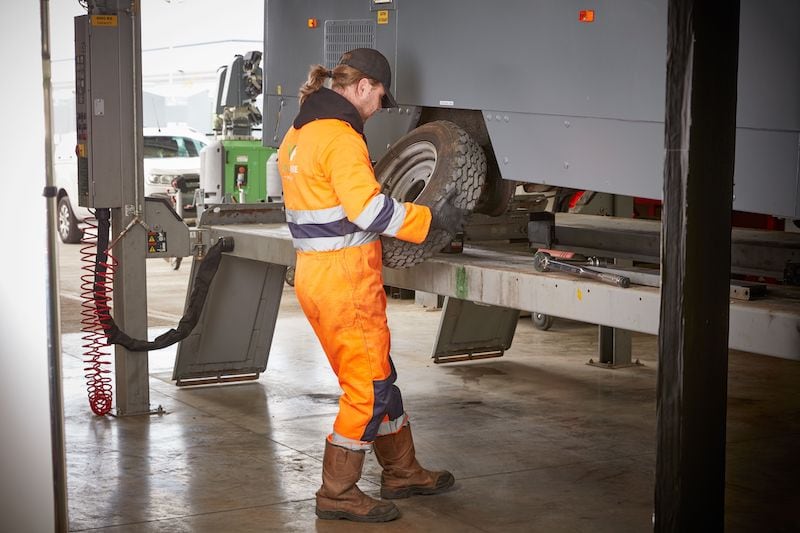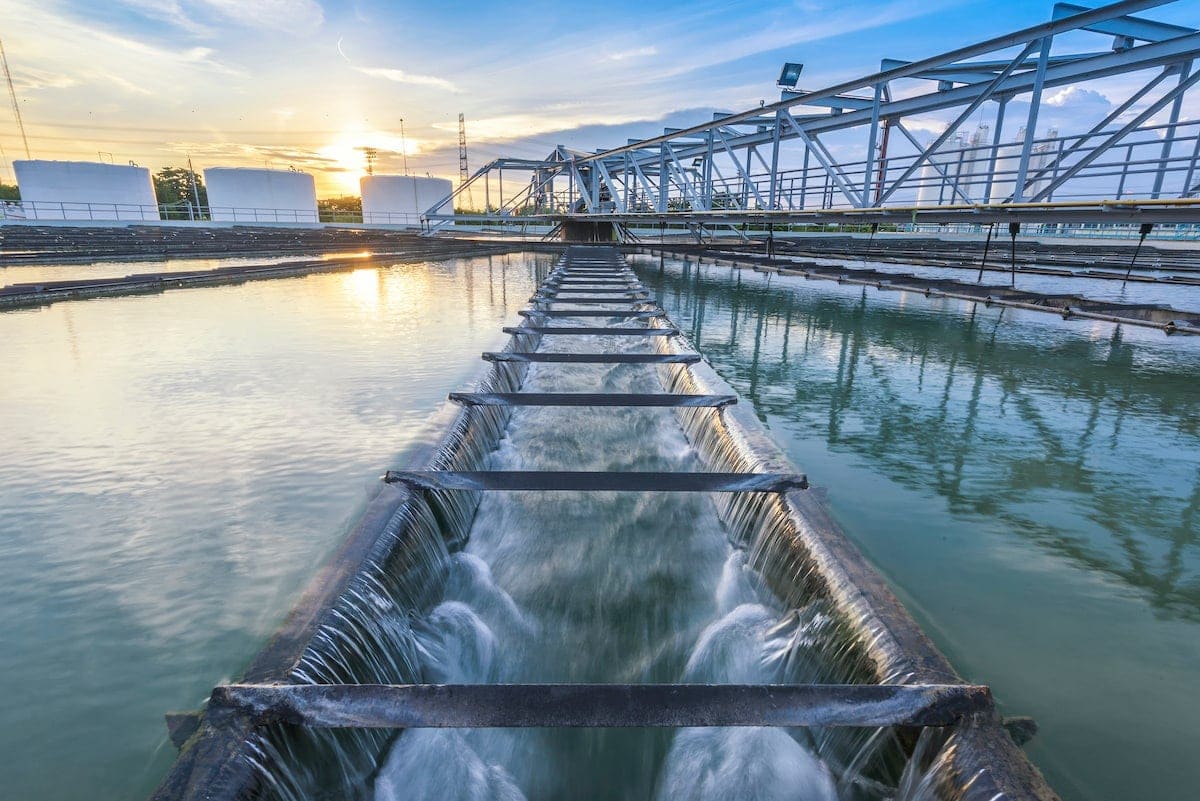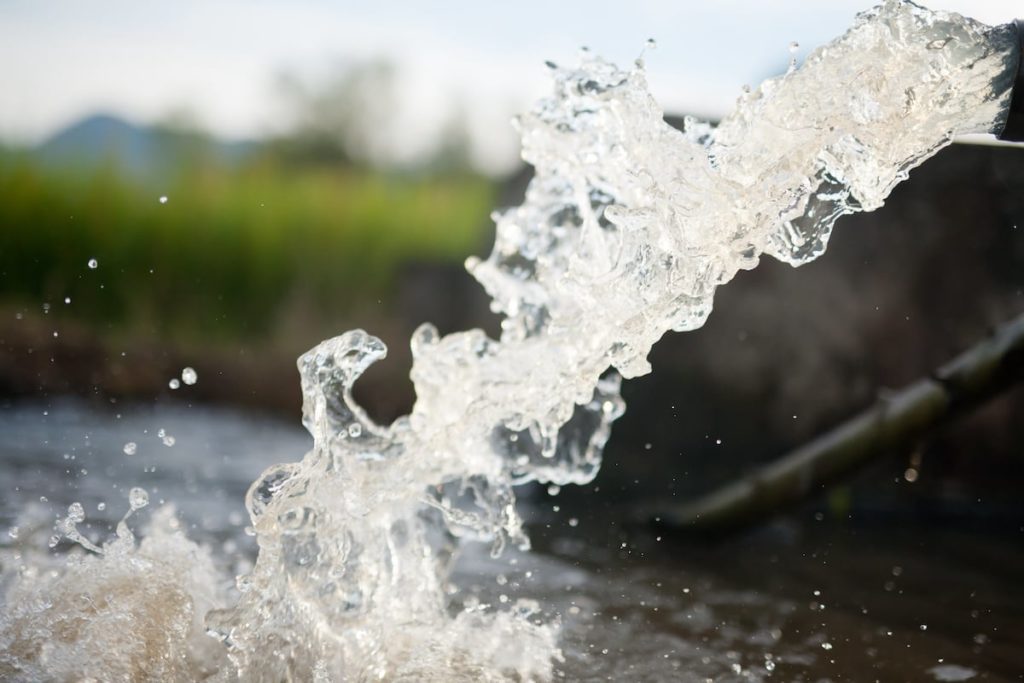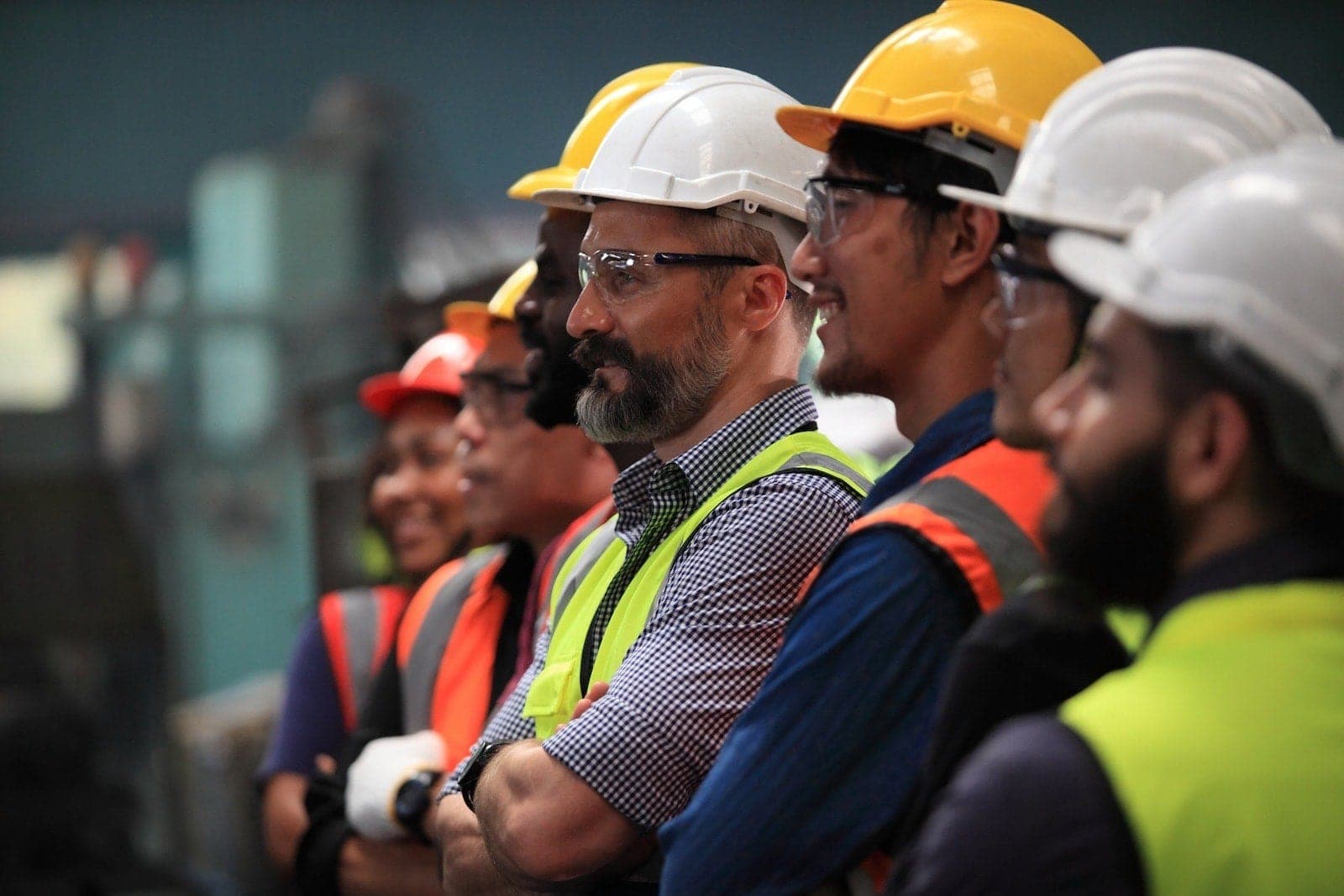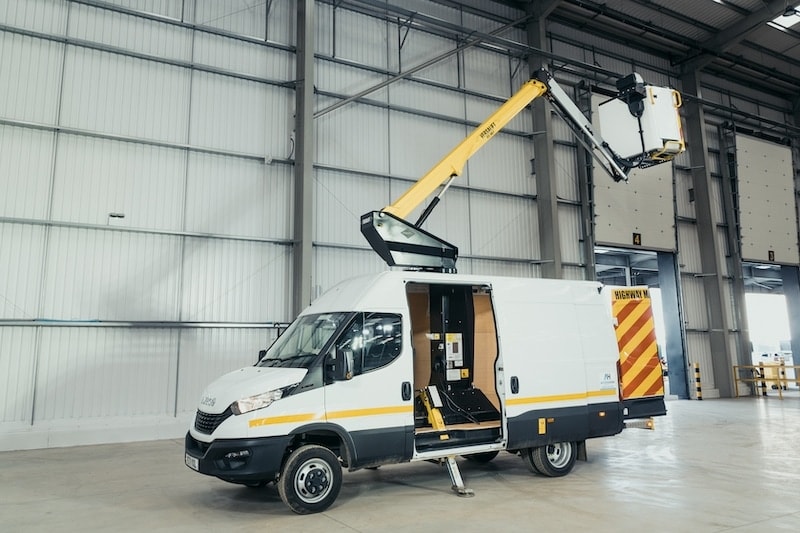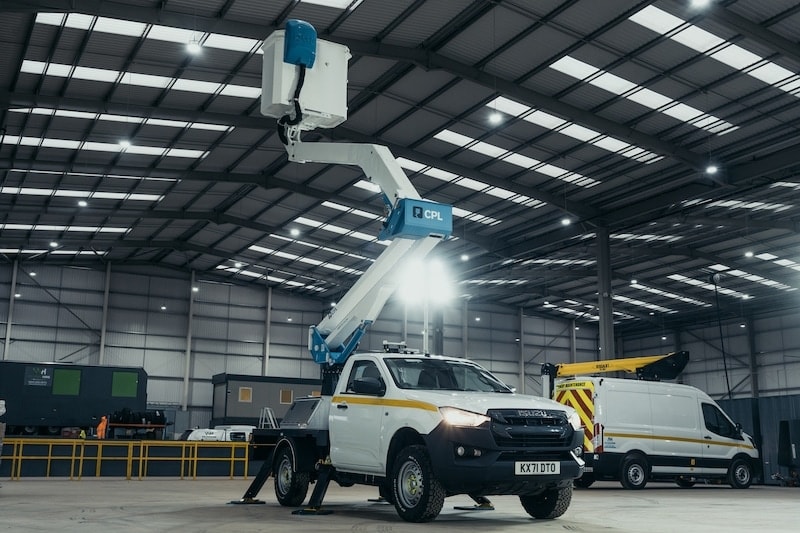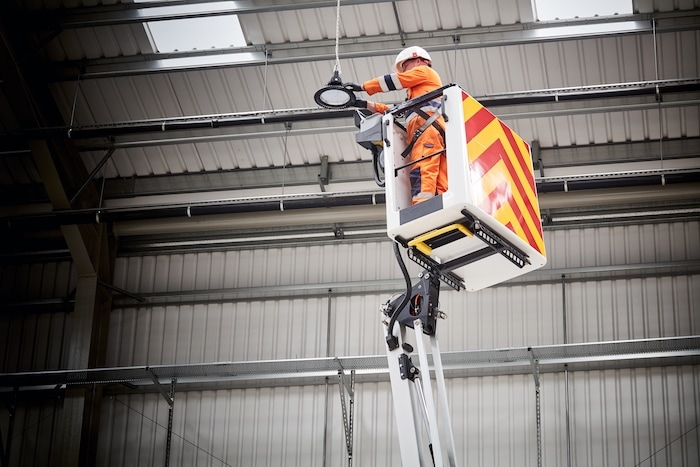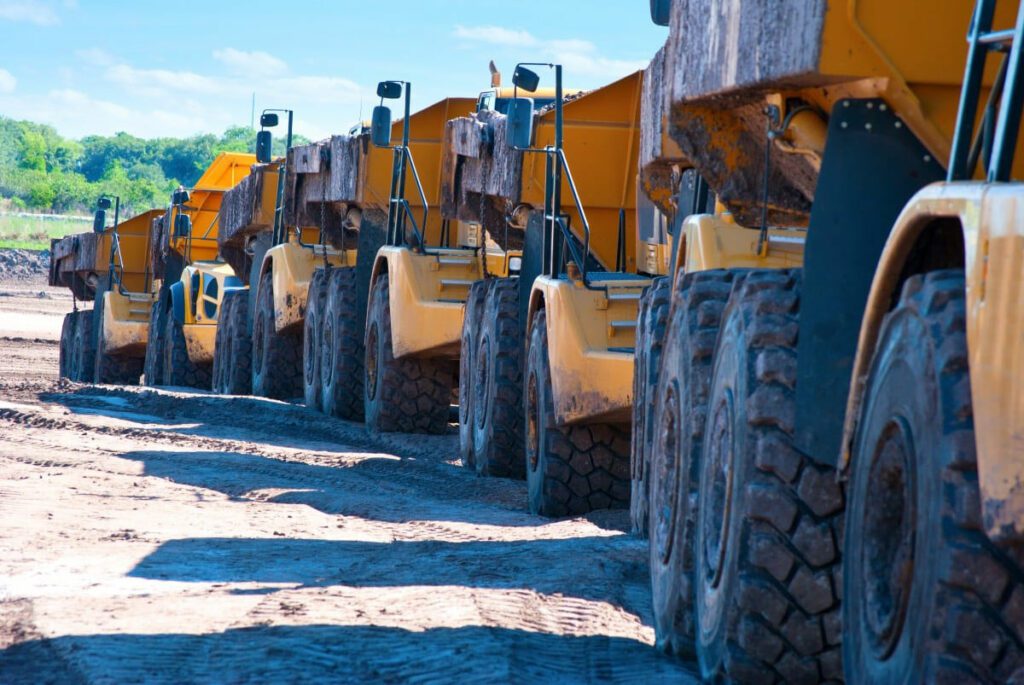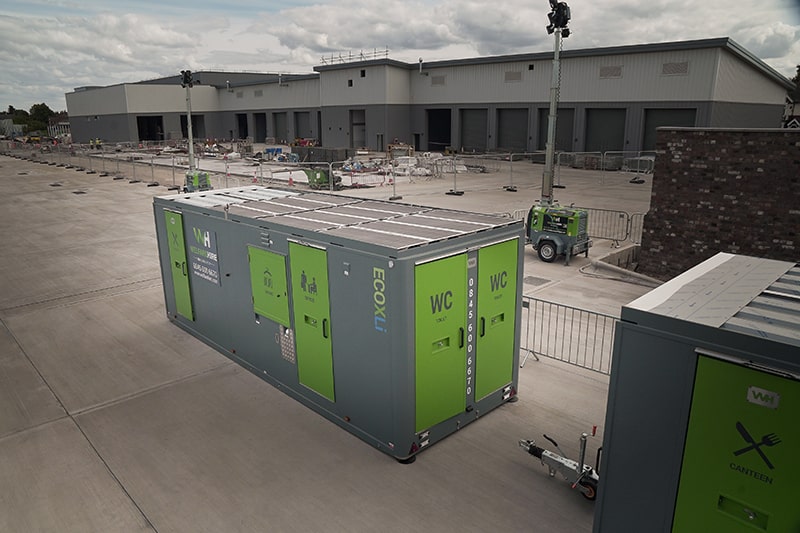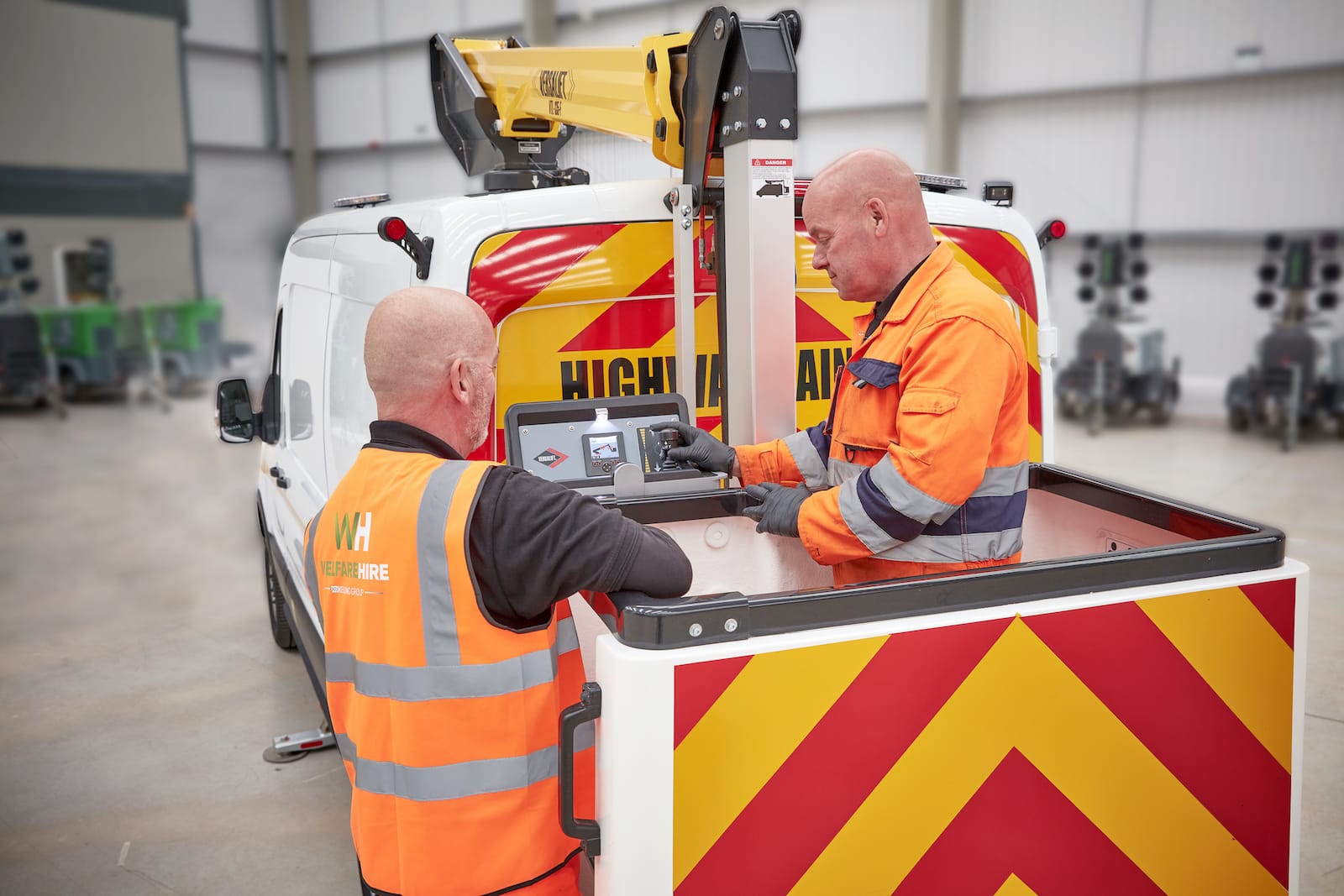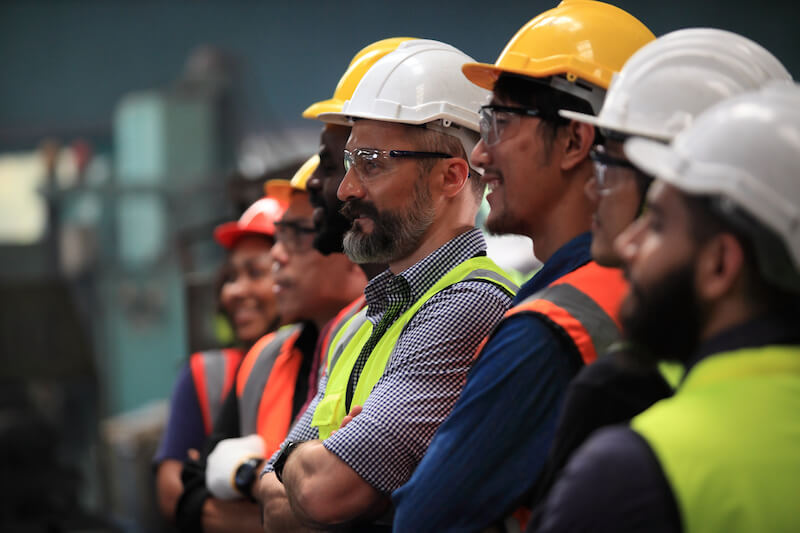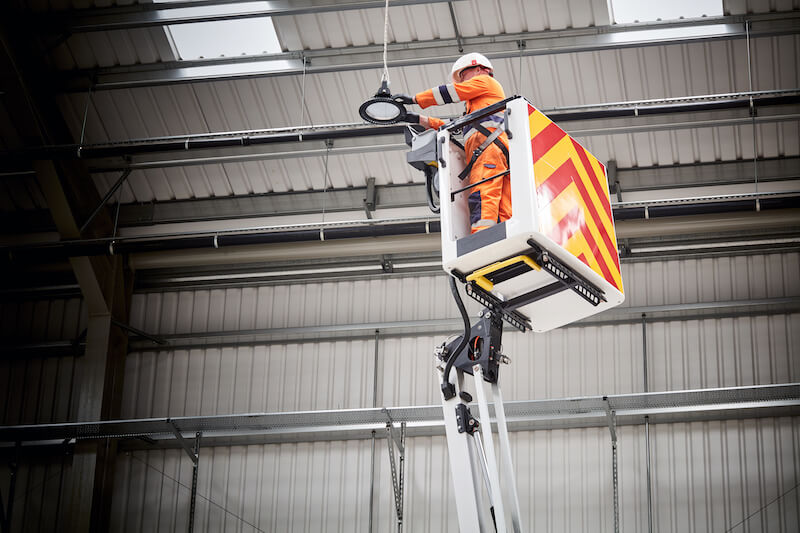Telecommunications is one of the UK’s most essential and fastest growing industries. But innovation has often been slowed by legacy infrastructure that is massively outdated and complex.
In the coming years, we will see these challenges finally resolved. The UK government has earmarked £5 billion for “Project Gigabit” – its attempt to ensure the expansion of high-quality broadband into hard-to-reach areas¹ – as well as a slew of further investments to promote innovation and security in the sector.
Some estimate the cumulative impact of these projects could result in a £120 billion boost to the UK economy over the coming 15 years². Value will be produced at every step of the process, from hiring innovative access platforms to creating thousands of new jobs.
In this report, we explore four key trends that will drive this growth in 2023.
Four telecoms trends in 2023
1. The 5G rollout
The expansion of 5G networks will accelerate during 2023, with EE claiming it will deliver 5G to 90% of the UK’s geographic area by 2028³. This looks increasingly plausible: UK comms regulator Ofcom says the number of 5G base stations in the UK doubled in 2021, with coverage now between 67-77% (up from 42-57% last year),⁴ – and we should expect this number to grow rapidly.
Much of this is thanks to the Government’s £200 million 5G Testbed and Trials programme.⁵ The government has made clear its intention to make the 5G roll out as widespread and impactful as possible – largely by “cutting red tape” to enable innovation. This includes simple factors like increasing competition, as well as more “out there” proposals, such as using “Street furniture” like lampposts as 5G towers.⁶
Not only does 5G offer increased speed, reduced latency and greater reach – there are clear ESG benefits too. It is up to 90% more efficient than 4G in terms of energy consumption per unit of traffic (W/Mbps),⁷ and the ongoing rollout could produce huge energy gains across the country’s telecoms infrastructure.
But this is where the 5G rollout gets more complex
The reality is, providers will not be relying on 5G any time soon. Despite the rollout, networks will still need a robust 4G infrastructure for many years. While Vodafone will phase out 3G in 2023,⁸ it will continue to simultaneously invest in its 4G infrastructure – however fast 5G access expands.
Equally, 5G is not the only type of network most want access to. 45% of enterprise businesses are concurrently testing or deploying Wi-Fi 6 and 5G for their advanced wireless initiatives. Indeed, a recent Deloitte survey found that fully 98% of respondents expected their organisation would be using both technologies within two years.⁹
Perhaps tellingly, countries that report the highest levels of 5G pilots and deployments also report the highest levels of WI-FI 6 pilots.¹⁰
2. Major fibre projects
In September 2022, CityFibre announced that its full fibre infrastructure project – in partnership with Vodafone – had been successfully deployed by more than two million homes.¹¹ But this is just the start. CityFibre expects the project to see full fibre-optic broadband deployed in 8 million homes by 2025 – creating 4,000 jobs in the process.¹²
There is competition though. In may December 2022, Openreach announced 12 new locations where it plants to deliver gigabit-capable technology – with plans to reach 4 million new homes each year. Virgin Media soon followed suit, announcing its intention to upgrade its entire fixed network to full fibre by 2028.
These projects will be highly complex, requiring powered access equipment to successfully deploy the necessary infrastructure. But the net result will be a huge increase in both supply and demand.
A report from the FTTH Council Europe predicted the total number of fibre subscriptions in the UK to increase to 18.5 million by 2026, with the overall penetration of fibre reaching 63.1%.¹³
Are targets too ambitious?
While the above figures are promising, the infrastructure required for such coverage will not be easy – requiring much strategic and technical support. The UK government has found this out the hard way. In a recent report, they were forced to break their manifesto pledge to achieve nationwide fibre coverage by 2025 – with the date now moved back to 2030.¹⁴
3. Reinforcing telecoms security
Following the passage of the Telecommunications Security Act last year, we should expect increased efforts to reinforce the security and safety of the UK’s telecoms networks. With increasingly powerful connectivity, the dangers of cyber attacks have intensified. Both the UK government and private companies are highly incentivised to ensure networks are maximally robust.
There will also be an important balance to strike between increasing security and ensuring efficient competition. The government has launched a £250 million initiative to build more competitive, innovative and diverse supply chains – reducing the reliance on a small handful of massive equipmark firms.¹⁵ However, this may create conflict between providers’ desire for security and their desire for economic efficiency.
The government has already enshrined a law to strip out ‘high-risk’ suppliers’ tech from networks,¹⁶ which will have a huge impact on security. But actioning this may not be so simple. BT has estimated that it will take 5 years and £500 million to remove Huawei technology from its networks.¹⁷
4. Focus on values
Overall, network performance is improving. Broadband and mobile complaints are down despite increased usage,¹⁸ and the various projects we’ve discussed thus far show how the telecoms sector is innovating. But that does not mean providers are safe from competition.
64% of consumers are likely to switch phone providers within the next three years if telecoms don’t invest and act fast.¹⁹ This means there is growing pressure on companies to innovate -and clear rewards for those that are able to do so fast.
In the coming year and beyond, we expect to see telecom companies looking to go beyond providing great service. They will increasingly have to position themselves as adding extra value beyond the traditional bounds of telecoms – and this will ramp up significantly throughout 2023.
BT is a prime example: they recently declared that they would only back “responsible tech” in the future, with an emphasis on climate change, diversity and inclusions.²⁰ This will run through their entire business, informing everything from the access platforms they lease to their commitment to a circular economy model.
While other businesses may take differing approaches, the takeaway is clear: telecoms companies must increasingly be more than just telecoms companies in order to survive.
1.https://www.gov.uk/government/news/government-launches-new-5bn-project-gigabit
2.https://telecoms.com/opinion/embracing-government-incentives-how-can-telcos-innovate-beyond-the-bare-minimum/
3.https://www.techradar.com/uk/news/ee-promises-to-cover-90-of-uk-with-5g-by-2028
4.https://www.ispreview.co.uk/index.php/2022/12/ofcom-gigabit-broadband-covers-70-of-uk-as-5g-hits-67-77.html
5.https://www.gov.uk/guidance/5g-testbeds-and-trials-programme
6.https://telecoms.com/513387/uk-government-moves-to-improve-telco-access-to-street-furniture/
7.https://www.ericsson.com/en/blog/3/2021/1/achieving-sustainability-with-energy-efficiency-in-5g-networks
8. https://telecoms.com/513093/vodafone-uk-will-start-switching-off-3g-next-year/
9. https://www2.deloitte.com/content/dam/Deloitte/tw/Documents/technology-media-telecommunications/rp20211228-2022-tmt-trend.pdf
10. https://www2.deloitte.com/content/dam/Deloitte/tw/Documents/technology-media-telecommunications/rp20211228-2022-tmt-trend.pdf
11. https://cityfibre.com/news/cityfibre-network-passes-2-million-homes-on-its-march-toward-8-million
12. https://news.yahoo.com/openreach-creates-4-000-jobs-000324197.html
13. https://www.ftthcouncil.eu/knowledge-centre/all-publications-and-assets/246/ftth-forecast-for-europe-market-forecasts-2021-2026
14. https://www.techradar.com/uk/news/uk-government-pushes-back-full-fibre-coverage-target-to-2030
15. https://www.gov.uk/government/publications/5g-supply-chain-diversification-strategy/5g-supply-chain-diversification-strategy
16. https://www.computerweekly.com/news/252509705/UK-government-enshrines-law-to-strip-out-high-risk-suppliers-tech-from-networks
17. https://www.computerweekly.com/news/252477617/BT-to-take-half-billion-pound-hit-on-Huawei-kit-replacement
18.https://telecoms.com/513348/ofcom-says-broadband-and-mobile-complaints-are-down-across-the-board/
19.https://www.cityam.com/qa-what-are-the-big-lessons-for-telecoms-looking-into-2022/
20.https://www.heraldscotland.com/news/19910879.bt-commits-responsible-tech-greener-future/







